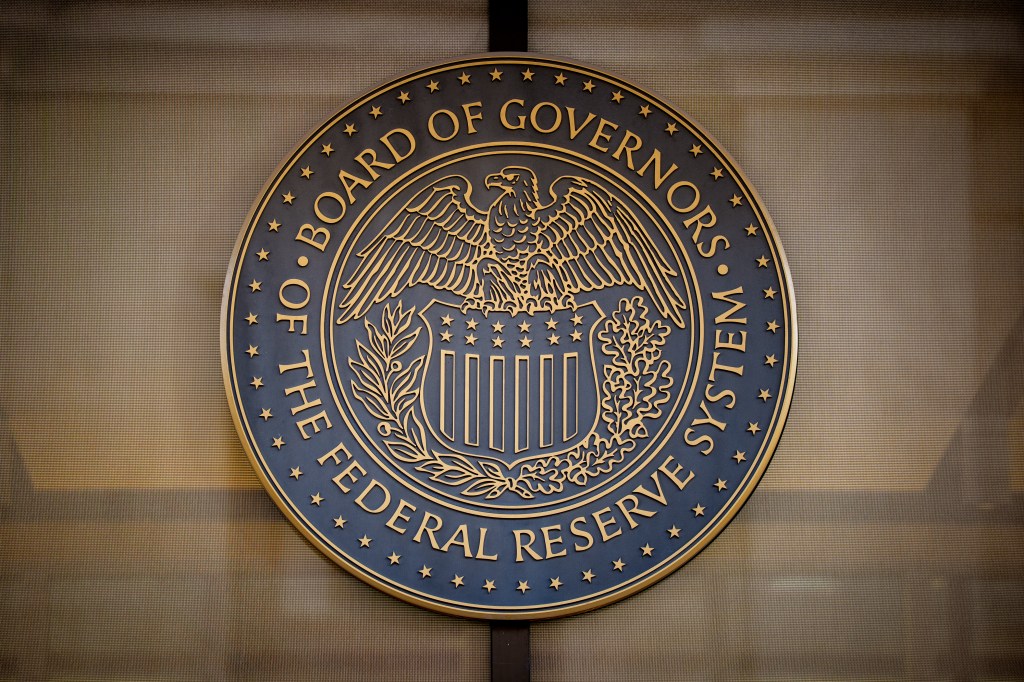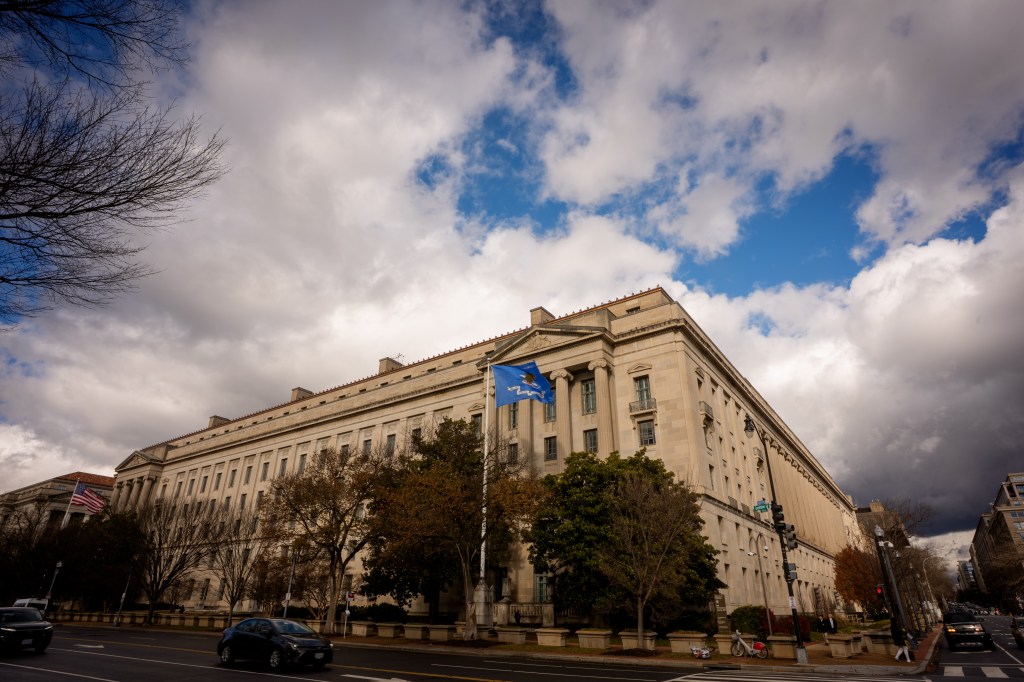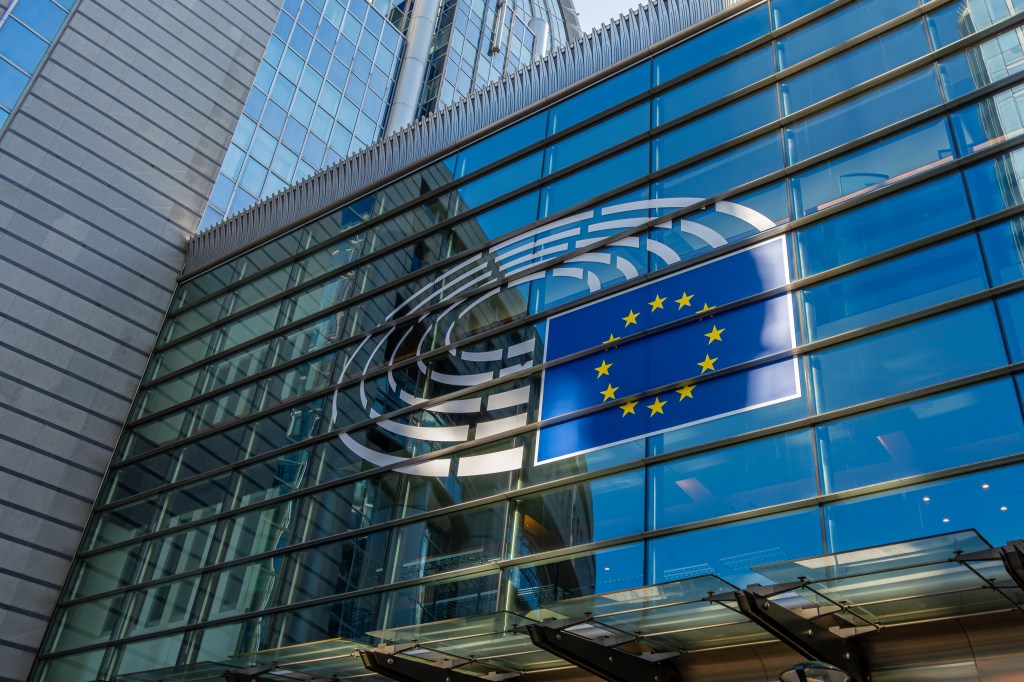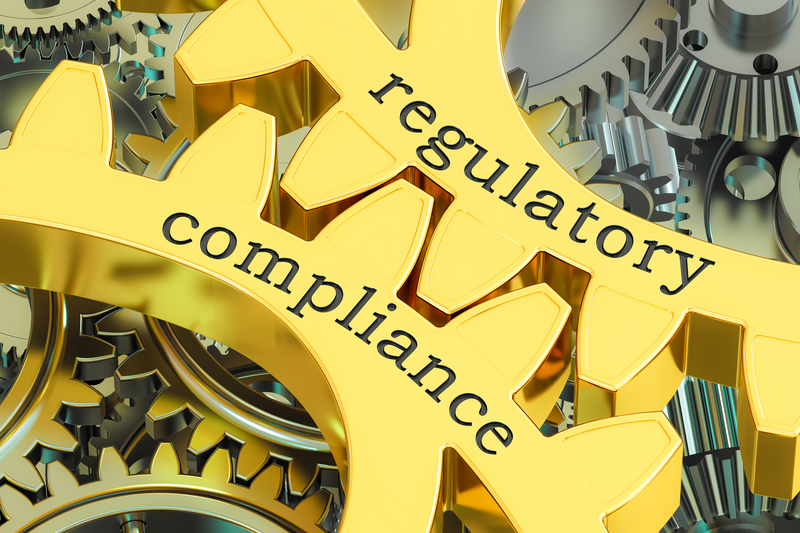The last two years have been a brutal working experience for the vast majority of corporates and their employees. Economies, institutions, and individuals have shown remarkable resilience and an ability to adapt to a different corporate environment. A combination of panic learning, accelerated innovation, and new policy give hope that
Register for free to keep reading
To continue reading this article and unlock full access to GRIP, register now. You’ll enjoy free access to all content until our subscription service launches in early 2026.
- Unlimited access to industry insights
- Stay on top of key rules and regulatory changes with our Rules Navigator
- Ad-free experience with no distractions
- Regular podcasts from trusted external experts
- Fresh compliance and regulatory content every day

















